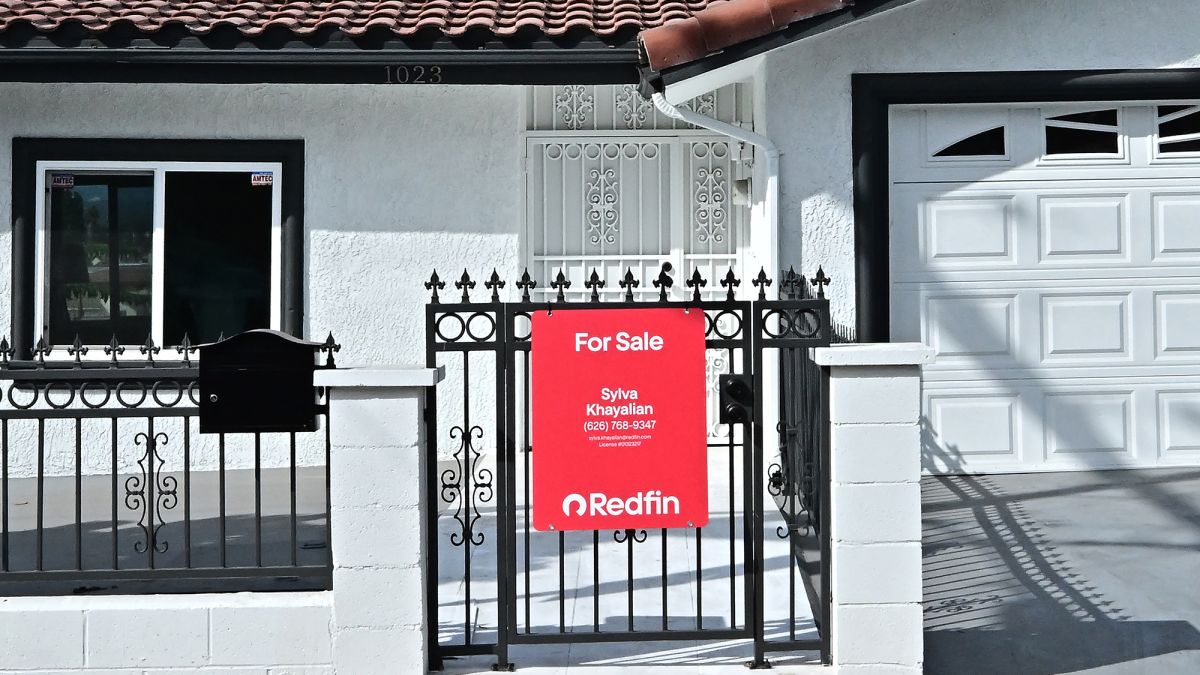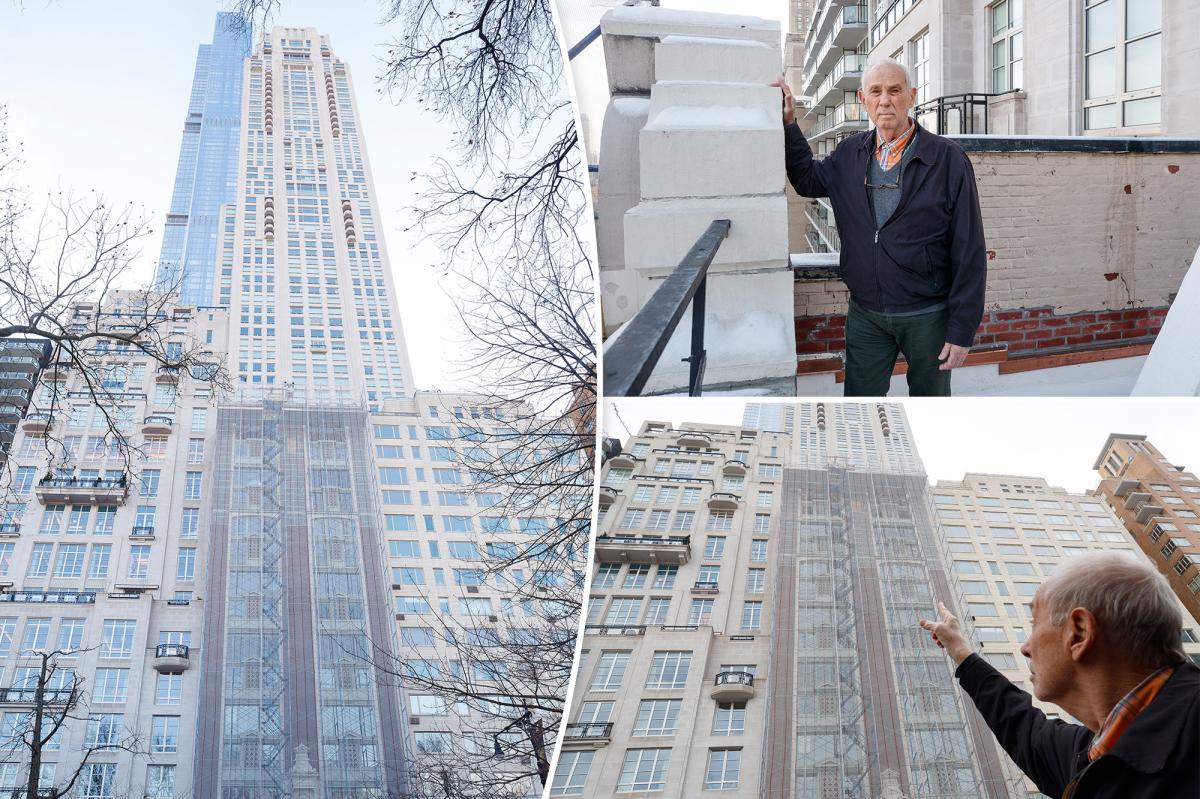B
en LoPiccolo, the founder of BLDG‑UP and president of the Jersey City Apartment Owners Association, explains how Jersey City has evolved from a neglected waterfront in the late 1990s into a thriving urban center, and why the city still struggles to deliver affordable housing.
LoPiccolo grew up in Hackensack, New Jersey, and when he first moved to Jersey City in 1998 he saw a city that many New Yorkers considered a slum. The waterfront was dominated by two high‑rise buildings and a maze of abandoned warehouses. He began by flipping historic homes in Hamilton Park, a small waterfront neighborhood, and soon expanded into new construction. The proximity to Manhattan and the promise of a redevelopment plan attracted his attention, and he realized that Jersey City’s future lay in its accessibility.
Over the past two decades the city has experienced a construction boom. Thousands of new units have appeared, and the skyline has changed dramatically. Yet the rapid growth has not solved the affordability crisis. Rising construction costs, high interest rates, and a complex regulatory environment make it difficult for developers to deliver housing that is both safe and affordable.
LoPiccolo notes that developers face a “tangle of hurdles” that include zoning, planning, environmental reviews, and a backlog of inspectors. He cites a recent 70‑unit project that took five years to break ground—longer than the one‑year timelines he remembers from the late 1990s. State regulations that allow state inspectors to supplement city staff, and the possibility of hiring private inspectors when city staff are unavailable, are examples of bureaucratic delays that could be streamlined.
The political climate also hampers progress. Developers are often portrayed as villains in local and state debates, and the rhetoric of “red tape” can discourage investment. LoPiccolo argues that the solution is not to eliminate all regulation but to simplify the permitting process and reduce unnecessary fees. He points to Governor Sherrill’s pledge to create a fast‑track team in the governor’s office and to shift the culture in Trenton toward consumer‑service‑focused agencies. He adds a fourth pillar: making it easier to build all types of housing—luxury, middle‑class, and low‑income—so that the market can meet diverse demand.
Affordable housing is a political priority in Jersey City’s mayoral race and across New Jersey. LoPiccolo stresses that supply must keep pace with demand; otherwise prices will continue to rise. He calls for policies that lower the cost of development, such as streamlined zoning approvals, reduced environmental review times, and incentives for mixed‑income projects. He also highlights the importance of educating the public about the realities of real‑estate development. Through tours and outreach, the Jersey City Apartment Owners Association seeks to demystify the process and build empathy among residents who may otherwise oppose new construction.
In summary, Ben LoPiccolo’s experience shows that Jersey City’s transformation has been remarkable, yet the city’s affordability crisis remains unresolved. The key to progress lies in reducing regulatory burdens, speeding up permitting, and fostering a collaborative relationship between developers, policymakers, and communities. By addressing these obstacles, Jersey City can continue to grow while ensuring that all residents have access to safe, affordable housing.














